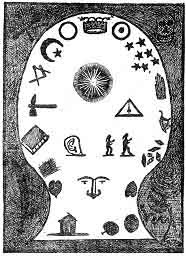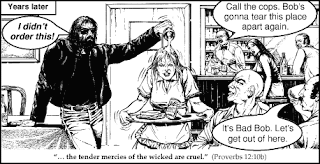

reprinted from omniglot.com, one of my favorite sites
Origin
The Inuktitut syllabary was adapted from the Cree syllabary in the late 19th century by John Horden and E. A. Watkins, missionaries from England. Edmund Peck promoted the use of the syllabary across the Canadian Arctic, and also translated the bible into Inuktitut, and wrote an Eskimo Grammar and an Eskimo-English Dictionary.
In 1976 the Language Commission of the Inuit Cultural Institute approved approved two standardized writing systems for Inuktitut in Canada: one using the syllabary and the other using the Latin alphabet.
Today the Inuktitut syllabary, which is known as titirausiq nutaaq (ᑎᑎᕋᐅᓯᖅ ᓄᑕᐊᖅ) or qaniujaaqpait (ᖃᓂᐅᔮᖅᐸᐃᑦ), is used mainly in Canada, especially in the territory of Nunavut (ᓄᓇᕗᑦ), the population of which is 85% Inuit, and in Nunavik (ᓄᓇᕕᒃ), Quebec. The Latin alphabet, known as qaliujaaqpait is used in other parts of Canada, Alaska and Greenland, while in Siberia the Cyrillic alphabet is used.
Notable features
Type of writing system: syllabary.
Writing direction: left to right in horizontal lines.
The Inuktitut syllabary consists of a small number of basis signs, the vowel sound attached to each one depends on their orientation.
Used to write
Inuktitut, an Eskimo-Aleut language spoken in Greenland, Canada, Alaska and Siberia by about 65,000 people. There is in fact a dialect continumum of Inuktitut dialects across the Arctic with varying degress of mutually intelligibility between them.
The language is used in schools and local government to some extent. It is also used on the radio and TV. In 2007 a new policy was introduced that will require senior government officials to speak Inuktitut by 2008. This requirement will eventually be extended of other officials.









































